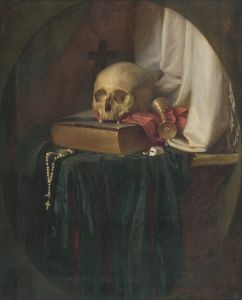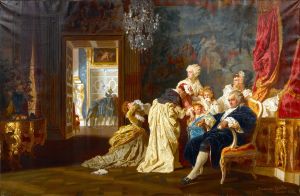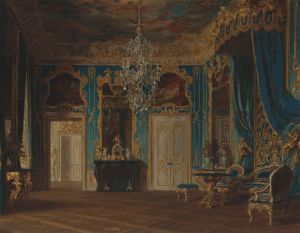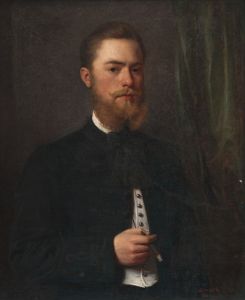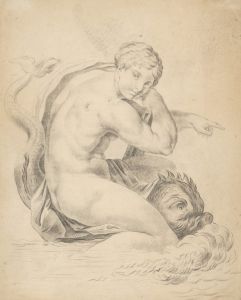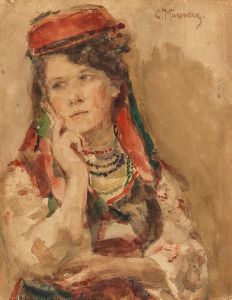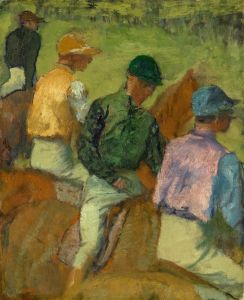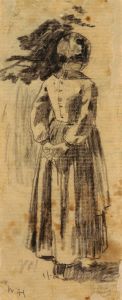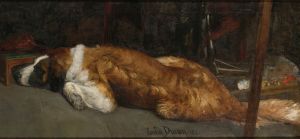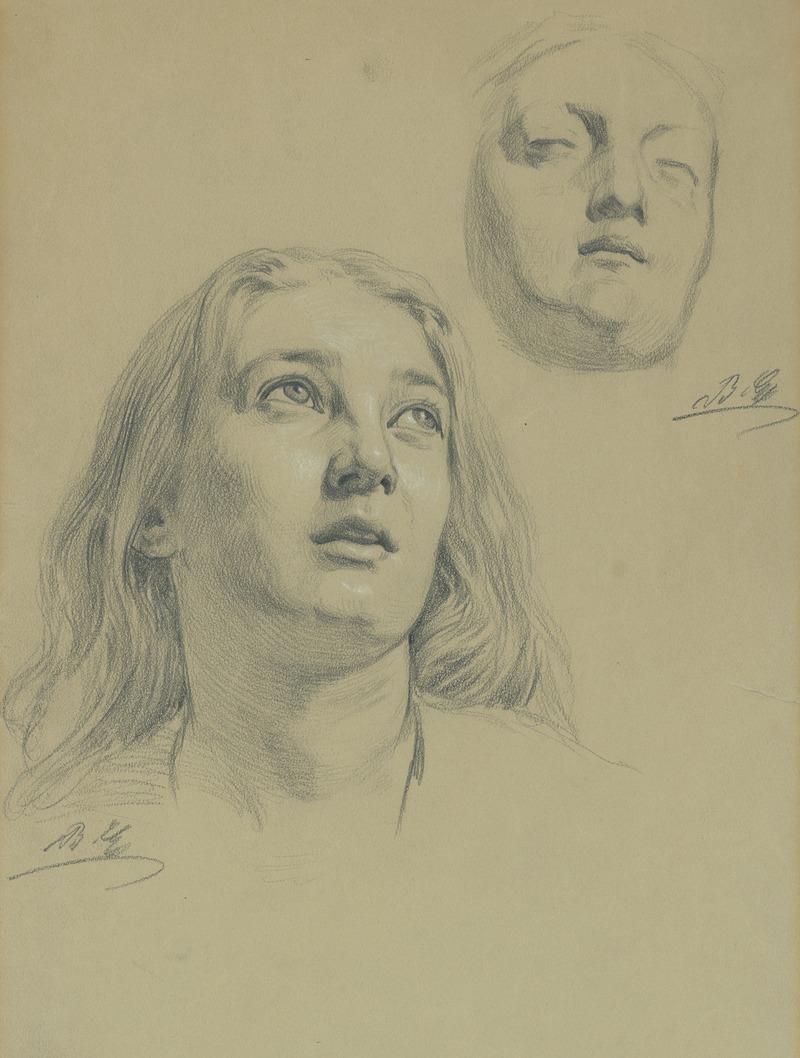
Study of female heads
A hand-painted replica of Gyula Benczúr’s masterpiece Study of female heads, meticulously crafted by professional artists to capture the true essence of the original. Each piece is created with museum-quality canvas and rare mineral pigments, carefully painted by experienced artists with delicate brushstrokes and rich, layered colors to perfectly recreate the texture of the original artwork. Unlike machine-printed reproductions, this hand-painted version brings the painting to life, infused with the artist’s emotions and skill in every stroke. Whether for personal collection or home decoration, it instantly elevates the artistic atmosphere of any space.
Gyula Benczúr was a prominent Hungarian painter known for his historical and portrait paintings. Born on January 28, 1844, in Nyíregyháza, Hungary, Benczúr became one of the most celebrated artists of his time, particularly noted for his skillful technique and attention to detail. He studied at the Academy of Fine Arts in Munich, where he was influenced by the academic style of painting, which emphasized precise detail and historical accuracy.
One of Benczúr's works, "Study of Female Heads," showcases his adeptness in capturing the human form and expression. Although specific details about this particular study are limited, it is consistent with Benczúr's broader oeuvre, which often included preparatory studies and sketches that informed his larger compositions. These studies were crucial for Benczúr as they allowed him to explore different expressions, angles, and lighting, which he would later incorporate into his more complex historical and genre scenes.
"Study of Female Heads" likely served as a preparatory work, a common practice among academic painters of the 19th century. Such studies were essential for artists to perfect their understanding of anatomy, facial expressions, and the play of light and shadow on the human face. Benczúr's studies often reveal his meticulous approach to capturing the subtleties of human emotion and the individuality of his subjects.
Benczúr's work is characterized by its classical composition and the influence of the Renaissance and Baroque masters, whom he admired. His ability to render the delicate features of his subjects with precision and grace is evident in his studies, which often convey a sense of realism and vitality. The "Study of Female Heads" would have been an exercise in capturing the nuances of female beauty and expression, reflecting the artist's deep understanding of his craft.
Throughout his career, Benczúr received numerous accolades and held prestigious positions, including serving as the director of the Hungarian National Gallery. His contributions to Hungarian art were significant, and he played a vital role in the development of a national artistic identity during a period of cultural revival in Hungary.
While "Study of Female Heads" may not be as widely recognized as some of Benczúr's larger historical paintings, it remains an important example of his skill as a draftsman and his dedication to the study of the human form. His works continue to be celebrated for their technical excellence and their ability to capture the spirit of the age in which he lived.
In summary, Gyula Benczúr's "Study of Female Heads" exemplifies the artist's commitment to the academic tradition and his mastery of portraiture. Although specific details about this study are scarce, it is representative of his broader artistic practice and his enduring legacy in the world of art.





